22 Reasons to Love DOOM – Part 3
On Dec. 10, 1993, the original DOOM was released – and the world of gaming has never been the same. To celebrate DOOM’s 22nd anniversary, we’re looking ahead to the new DOOM, with 22 reasons to love the upcoming spring release. Before pushing ahead, be sure to check out
Part 1 and
Part 2!
UAC
Yep. The UAC (United Aerospace Corporation) is back. And they’re involved in some very dark dealings that quickly become apparent to the DOOM Marine. This, naturally, creates a whole lot of chaos. On Mars. And thus begins your mission.
SnapMap
Speaking of Mars… “I love that DOOM is the first thing that every programmer tries to get running on a new piece of hardware,” says Tom Mustaine, CEO of Escalation Studios. “I imagine if humans actually do land on Mars in the future, the first piece of computer equipment that gets turned on will begin with the Operating System... and next up will be DOOM. Playing a multiplayer game of DOOM from Mars to Earth with a reasonable ping – that'll be the day!”
While that might sound far-fetched, the amount of flexibility that DOOM offers via its innovative SnapMap mode will make it seem like
anything is possible for at-home creators – whether they want to dabble in single-player, co-op, multiplayer or any other type of experience using the intuitive SnapMap tools. With development being led by an embedded team from Escalation (they literally sit alongside the DOOM team in id Software’s studio), Mustaine has one simple goal: “Anyone can become a creator with SnapMap!” he smiles.

For Mustaine, this is essential because the original DOOM played such a pivotal role in his own journey into game development. “The original DOOM ultimately became a gateway for infinite content, and as a side effect provided a path into professional game development for myself and many others like me,” he says. “Being able to take an idea, build it into a downloadable package, and share it with the world is something that the original DOOM essentially pioneered. With SnapMap, we're pushing to level up that experience of having infinite content available to players along with the capability to create, remix, and share with ease.”
Deathmatch
Want to create a Deathmatch mode in SnapMap? No problem. Just remember, this legendary multiplayer mode was actually invented in the original DOOM. The mode became so popular that it was deemed the “number one cause of decreased productivity in businesses around the world” back in January 1993!
More Multiplayer Modes
Deathmatch is just one of the productivity-killers… er,
modes in the new DOOM. What else can players expect? “We’re bringing an old-school style of multiplayer to the current generation of players and consoles,” says Lead Multiplayer Programmer Evan Eubanks. “Hopefully the introduction of our demon player-mechanic, new modes, weapons, player/weapon customization, and more will appeal to our old fans and new.”
Along with others at id, Eubanks works with a team at Certain Affinity, an Austin-based studio with a deep history of multiplayer development. Together they’re not only reinventing Deathmatch but delivering innovative takes on classic modes, including the frenetic Warpath – which elevates the “king-of-the-hill” formula by incorporating a constantly moving capture point.
This combination of classic style gameplay with modern enhancements makes multiplayer Eubanks’ favorite part of DOOM. “Obviously, I'm biased,” he says, “but I've been itching for a game to come out that brings back the arena-style shooter that I grew up with.”
New Multiplayer Weapons
Along with new modes, inventive maps and innovative customization options, DOOM’s multiplayer also includes two new weapons: the Static Cannon and the Vortex Rifle. “Once you play our game, you’ll quickly realize how fun and powerful these weapons are,” Eubanks promises.
idTech 6
It’s not just the weapons that are powerful in DOOM. It takes a formidable engine to deliver one of the fastest, most intense shooters out there. Enter idTech, an in-house engine that’s powered every DOOM – and many other games from a range of other studios. Developed by a group led by id veteran and Chief Technology Officer Robert Duffy, the tech team has evolved to include some top talent from Crytek (another studio renowned for their technological prowess), who now work alongside other id vets as well as in the new id studio in Germany.
“Many on our tech team worked at Crytek before, so we’ve known and worked with each other for some time,” says Lead Renderer Programmer Tiago Sousa, who’s been with id for a year-and-a-half. “It’s been an interesting and productive venture, learning about idTech foundations and researching where and how we will take it to new levels.”
With the debut of a new DOOM comes a new engine: idTech 6. So what can players expect from idTech 6? “We want players to wonder how DOOM and idTech 6 games can be so visually stunning at 60 frames-per-second at 1080p on all platforms, when other titles cannot even achieve a similar look at 30 frames-per-second,” says Lead Project Programmer Billy Khan. “Our goal is to be the best-looking game at 1080p at 60fps.”
But it’s not just the end-results that matter to Khan. “idTech 6 allows the artists and designers to quickly decorate the world with fine details,” he explains. “idTech 6’s physically based renderer and dynamic lighting system allows our artists to make our characters and environments more realistic and stunning than ever before.” It all comes together to deliver fast, immersive gameplay at a buttery-smooth framerate.
For Sousa, working on the idTech 6 engine is a dream come true – and an opportunity to “pay back” id for inspiring him to pursue a life in game development. “id was a big source of inspiration in my youth and throughout my career,” he says. “DOOM was a first in different areas. Many modern FPS gameplay mechanics are inspired from the original DOOM, while from a technology perspective it was one of the first games that shipped with 2.5D texture mapped and some lighting approximation at a time when PCs were really slow and there wasn’t much public research and sharing. My hope is not a very humble one, but I’d like to help bring idTech back to the forefront of technology once again.”
Producing the Vision
It takes a unified effort – including not just id Software but Certain Affinity (multiplayer) and Escalation Studios (SnapMap) – to bring DOOM to life. And at the helm of this effort is the id production team. Led by Executive Producer Marty Stratton, the production team not only keeps things running but helps set and direct the overall vision for the game. It’s a big thing that requires constant motion – just like in the game itself…
“We say this all of the time, but you simply can't stop moving when playing DOOM,” Stratton says. “If you stop, you die. So the combination of the speed, guns, quantity of enemies and then the Glory Kill execution moves creates a very aggressive feel and flow to combat that I’m very addicted to and think feels different than a lot of other first-person games people are playing today.”
For General Manager Garrett Young – an industry vet who recently joined id – the entire team has plenty to be proud of. Along with the way the game is coming together, DOOM also signals the rebirth of a historic studio. “I’m most proud of the team we've built – probably the best we've ever had here at id,” Young says. “We’re not only building an awesome DOOM at id right now, we’re building a studio. We’re bringing talented people together who can build great games at id for today and for the future. I would take this team over any other team in the industry today. It's an exciting time to be at id.”

















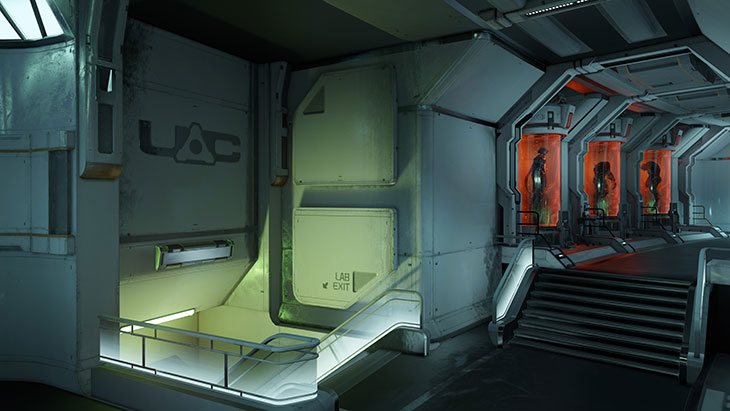

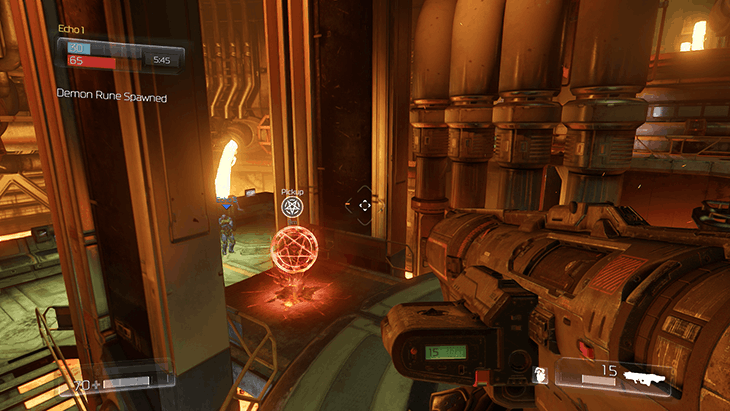
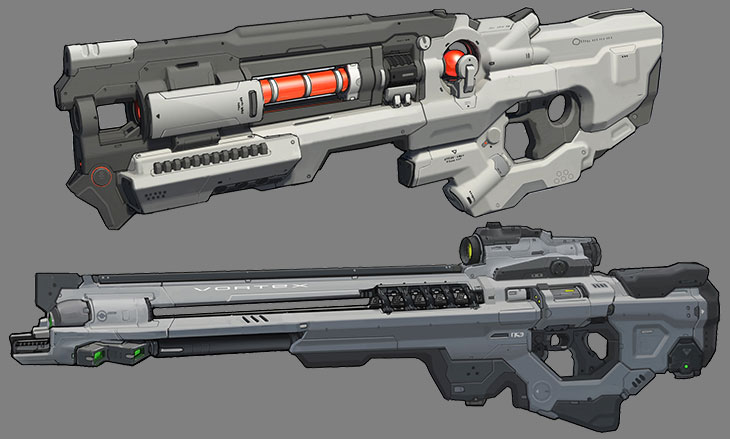
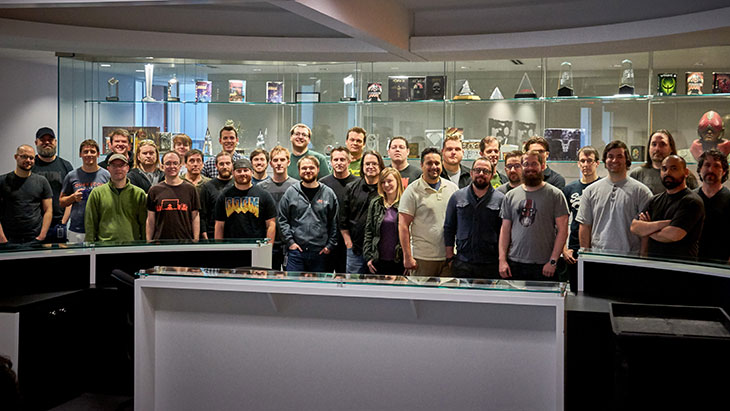
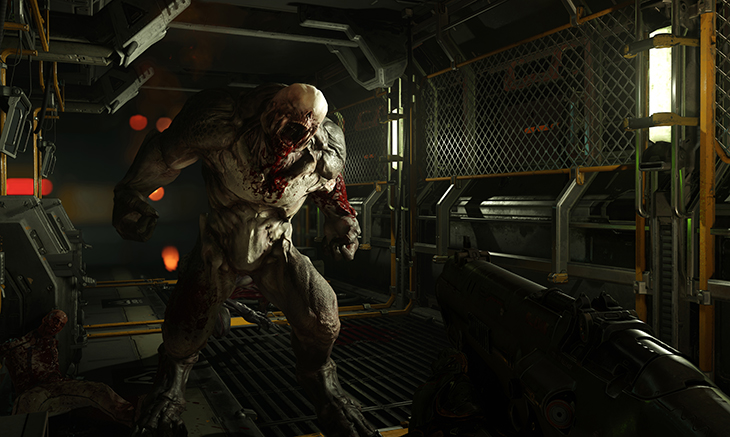
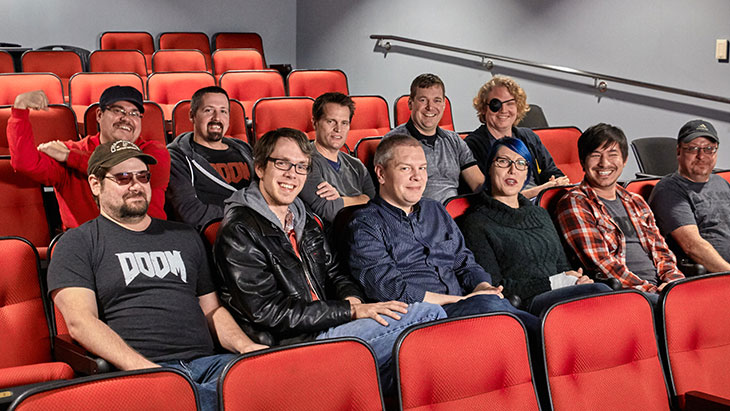












![The Year of Incline [2014] Codex 2014](/forums/smiles/campaign_tags/campaign_incline2014.png)

![Glory to Codexia! [2012] Codex 2012](/forums/smiles/campaign_tags/campaign_slushfund2012.png)







